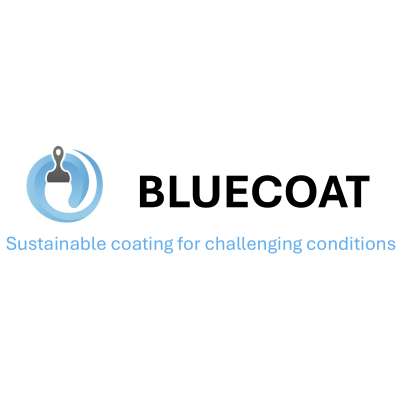
BLUECOAT
BIO-BASED LONG LASTING SAFE AND SUSTAINABLE BY DESIGN SURFACE COATINGS FOR DEMANDING AND EXTREME CONDITIONS

BIO-BASED LONG LASTING SAFE AND SUSTAINABLE BY DESIGN SURFACE COATINGS FOR DEMANDING AND EXTREME CONDITIONS
Surface coatings are vital for improving the sustainability, safety, and performance of materials. However, approximately 80% of paints and coatings are produced using compounds derived from fossil fuels, resulting in high energy consumption and greenhouse gas emissions. Some coating technologies have been banned due to health and environmental concerns, underscoring the need for eco-friendly alternatives.
BLUECOAT aims to tackle these challenges by developing safe and sustainable coatings from renewable sources such as biopolymers, natural fibres, bio-based plastics, and plant-based proteins from waste. The goal is to develop six high-performance coatings for industries, including maritime, textile, and construction.